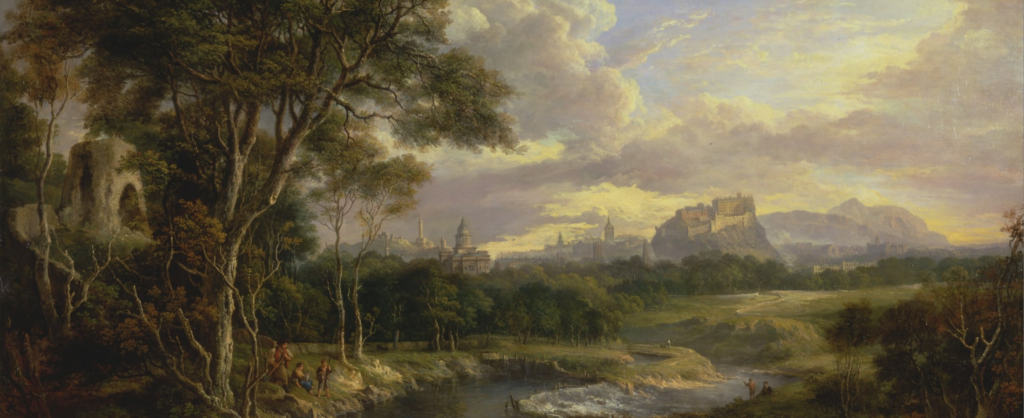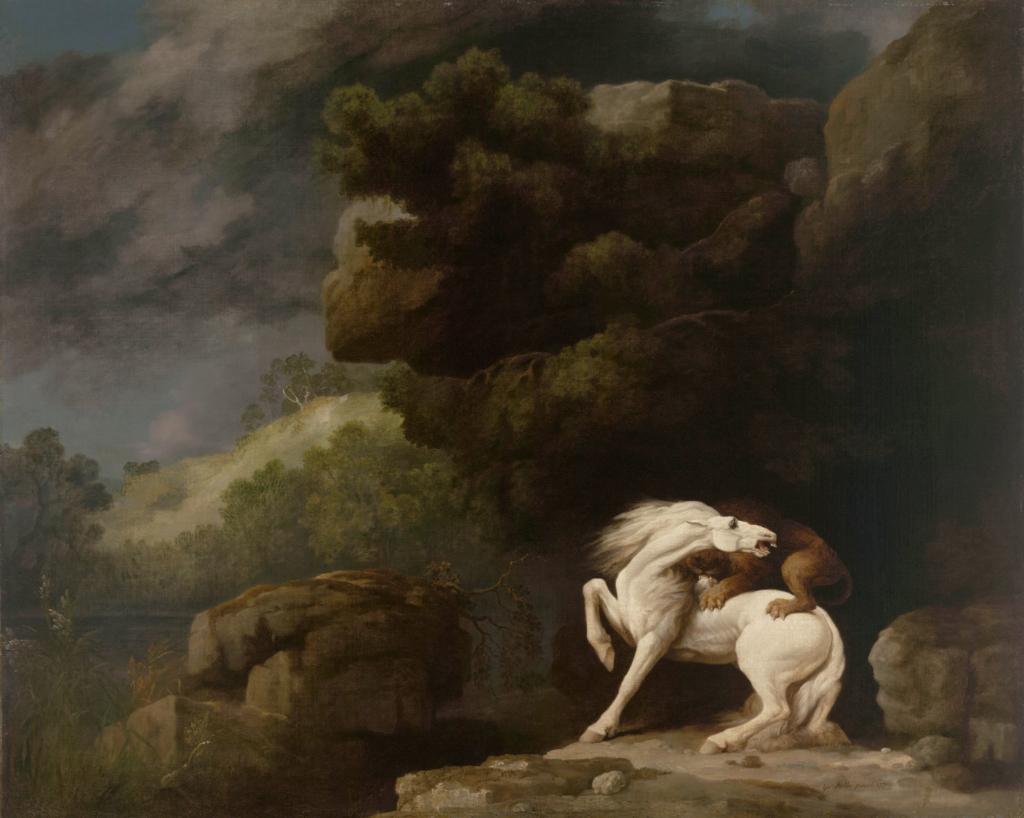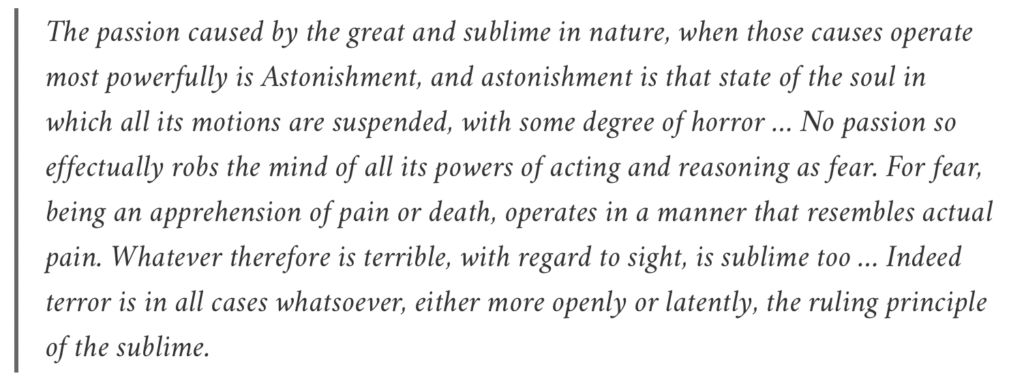What is Romanticism?
Romanticism is an artistic and intellectual movement that originated in Europe in the late 18th century. Previous to Romanticism being introduced was the Age of Enlightenment, also known as The Age of Reason. This was when emotion had been sucked from art and literature and people focused mainly on science and logic, whereas, romantics later rejected the whole idea of science and reason. During the Age of Romanticism, people explored the beauty of nature, emotion and life, creating an idealised reality within art and literature. The Age of Romanticism was also introduced during the industrial revolution, the development of cities and machinery, which may also explain the obsession with nature as it could have been an escape from the new reality.
Romanticism in Photography emerged alongside this movement, in the 19th century, and it involves capturing images with dramatic lighting, sublime scenes and dramatic landscapes, creating a sense of awe and nostalgia. Romantic photographers evoke these feelings and emotions through techniques and paying attention to the smaller details like the lighting, focus, composition and depth of field. In Romantic Art, Artists used small, close strokes of complementary colours to create brilliance and vivid visual effect. Overall, romanticism is defying realistic and scientific views on the world and, instead, exploring the emotional effects of the beauty and power of nature.
Here are some examples of Romanticism:
Art





Photography





What is the Sublime and how does it link to Romanticism?
Typically, Sublime is when something is really great, however, the Sublime in photography is when images evoke intense emotions and feelings of awe, whilst also being overwhelmingly beautiful and powerful to the point that they cause terror. This is because it makes people feel small and insignificant. The Sublime links to Romanticism as it’s the emotional effect which is created by romantic photographs and paintings.
Edmund Burke and The Sublime
Source 1, Source 2 and Source 3

Edmund Burke was an Irish Political Philosopher who was best known for his . He served as a member of the parliament between 1766 and 1794 in the House of Commons of Great Britain and has published many books based on political arguments. Burke was the founder of modern conservatism with his publication of the ‘Reflections on the Revolution in France’ in 1790. Back in 1757, Edmund Burke published ‘A Philosophical Enquiry into the Origin of our Ideas of the Sublime and Beautiful’. This was the first to separate the beautiful and the sublime into their own categories. Edmund Burke stated that the beautiful is aesthetically pleasing, whereas, the sublime is something that has the power to both compel and destroy us. Altogether, Burke transformed the meaning of the Sublime to ideas of the human experience and how things which are so beautiful can fill us with such horror.

